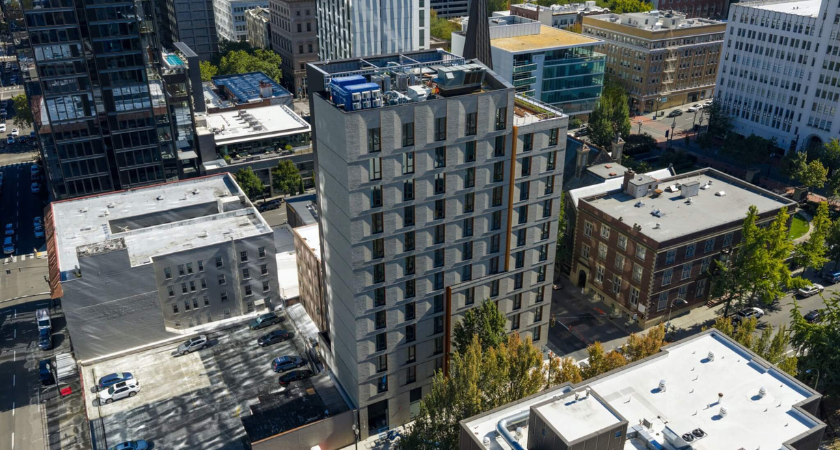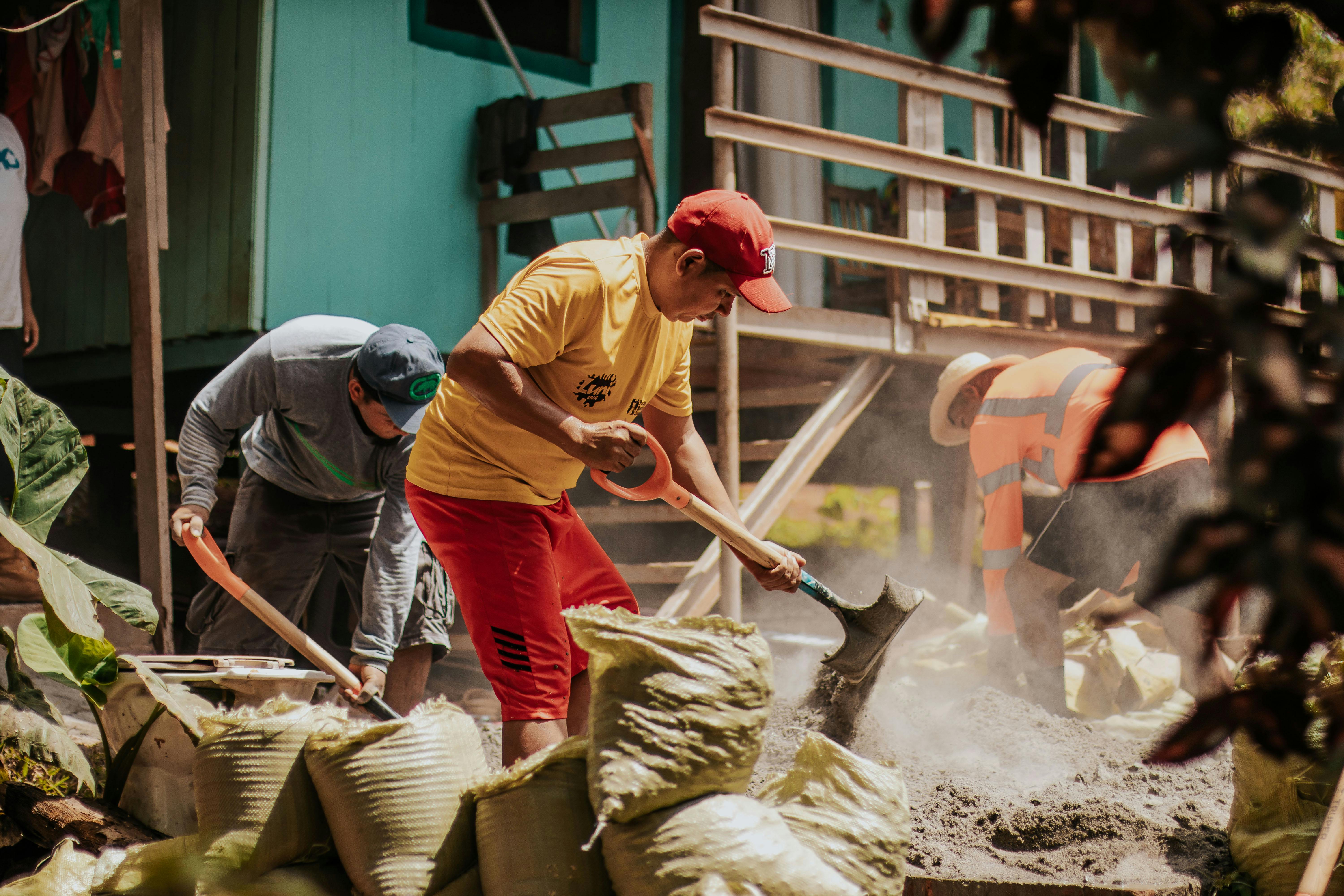
Holst Architecture and Community Development Partners (CDP) have officially completed Julia West House, a 12-story tower now recognized as Oregon’s tallest mass timber building—and one of the nation’s most ambitious examples of sustainable supportive housing.

The 56,000-square-foot building, located in Downtown Portland, transforms a once-underutilized church-owned property into 90 fully furnished affordable apartments, including 60 studios and 30 one-bedroom units, reserved for residents earning 30% or less of the area median income. The project prioritizes vulnerable populations, particularly older adults and BIPOC residents disproportionately affected by Portland’s housing crisis.
“This was a really exciting project to use a brand-new-to-us construction typology in mass timber, and a high-rise,” said Eric Paine, CEO of CDP. “It was the first time we had used cross-laminated timber in a multi-story building, and it was the tallest building that CDP has ever developed.”
Holst Architecture embraced type IV-B mass timber construction, pairing glulam columns and exposed wood ceilings with a gray masonry façade, creating an atmosphere that blends durability with biophilic warmth. Large communal spaces were carved directly into the building’s massing, subtly connected by a basalt-like crack motif.
“From an architectural perspective, there’s a huge benefit to using wood on the interior to provide a connection with nature that’s visible and beautiful, especially for affordable housing,” said Nici Stauffer, project architect at Holst Architecture. “We feel strongly about that, in terms of providing beauty, quality, and a better experience for the residents.”
.jpg)
Beyond housing, Julia West House functions as a comprehensive care hub. Onsite support is provided by:
Services include case management, Native American recovery programming, benefits navigation, and anti-isolation initiatives designed to support residents long-term.
Amenities further reinforce dignity and community, including a rooftop patio, communal kitchen, lounge areas, secure bike storage, and onsite offices for staff. The project was financed through a blend of Low-Income Housing Tax Credits, USDA Wood Innovations funding, and Portland Clean Energy Community Benefits Fund grants.
“What we love about this business is that we’re able to focus on what we’re passionate about, bringing in some of those climate-forward elements and trying to be progressive on sustainability and design,” added Paine.
Julia West House stands as a powerful demonstration of how mass timber, trauma-informed design, and integrated social services can converge to deliver high-density, low-carbon housing rooted in dignity and care—a replicable blueprint for future cities.
Originally reported by Ilana Amselem in Arch Paper.